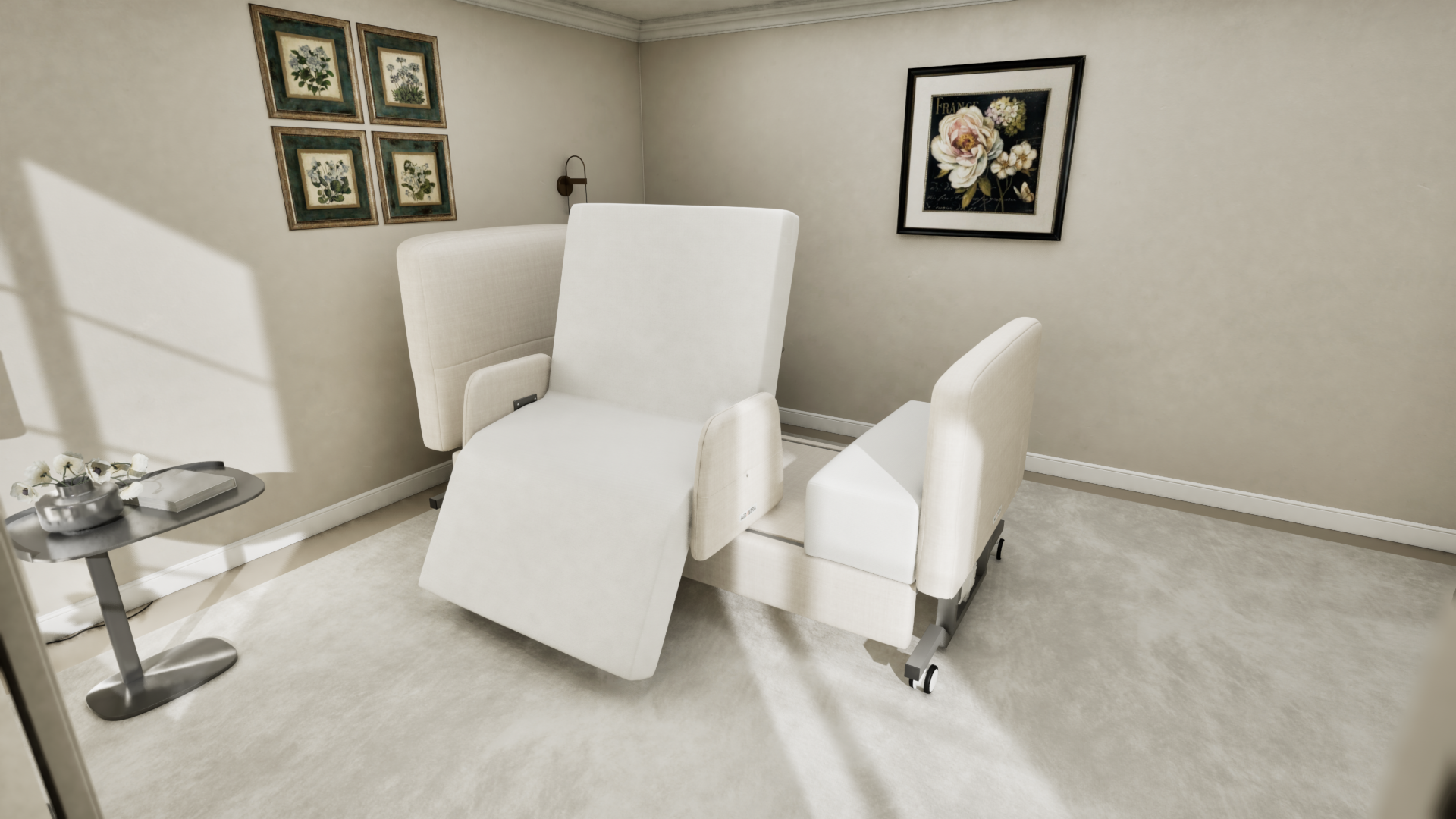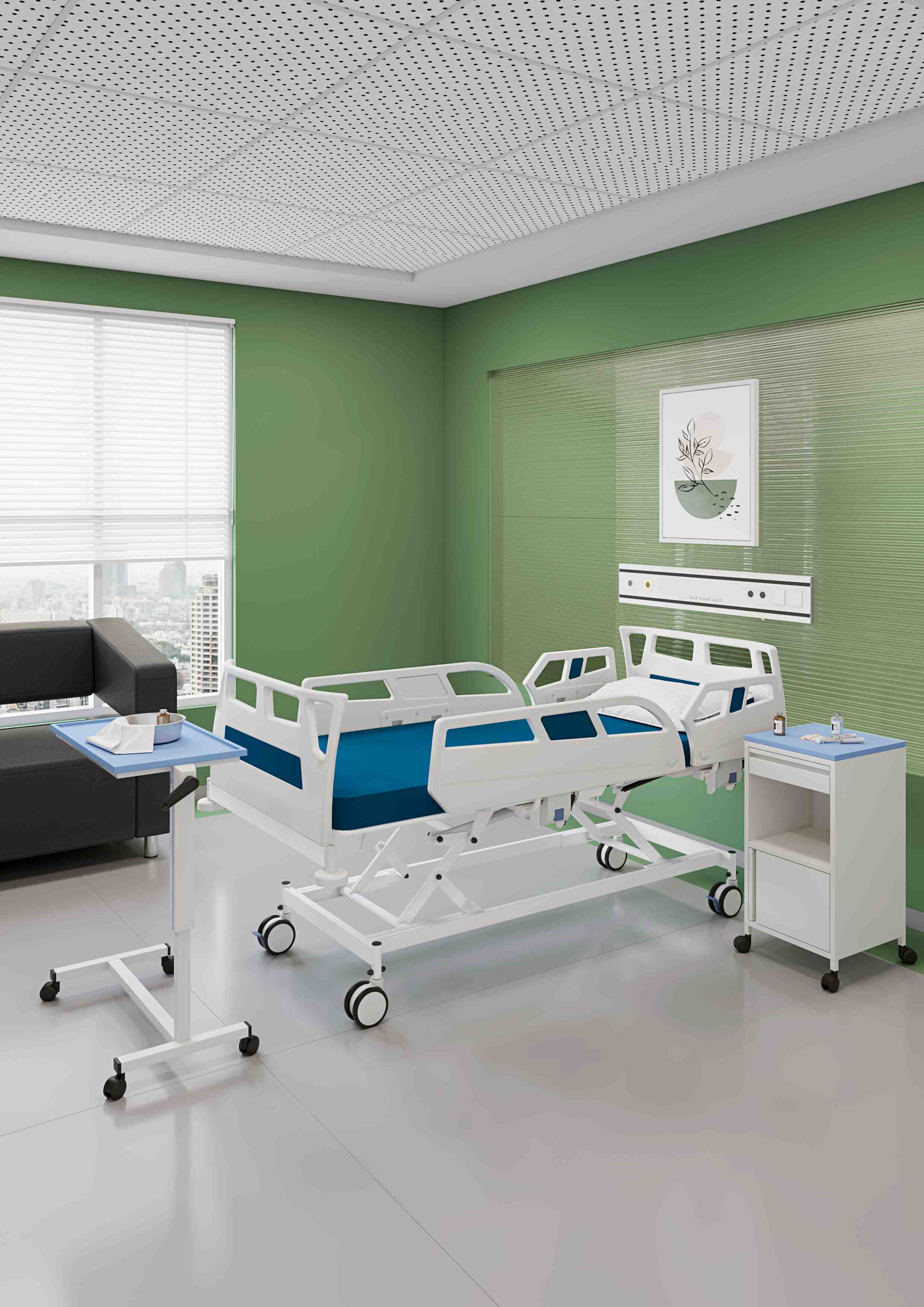Unknown Facts About Hospital Beds For Home Use
Unknown Facts About Hospital Beds For Home Use
Blog Article
The Definitive Guide to Hospital Beds For Home Use
Table of ContentsHospital Beds For Home Use Fundamentals ExplainedSome Of Hospital Beds For Home UseWhat Does Hospital Beds For Home Use Mean?What Does Hospital Beds For Home Use Mean?Some Ideas on Hospital Beds For Home Use You Need To KnowOur Hospital Beds For Home Use IdeasHospital Beds For Home Use for Dummies
There are 3 primary kinds of hospital beds: handbook, semi-electric, and fully-electric. More kinds of clinical beds exist and they are detailed below. These beds use hand cranks to change the bed's elevation and elevate and lower the head and the foot. Hand cranks are commonly discovered at the foot of the bed and call for a person that is physically with the ability of operating.
Semi-electric beds have an electric motor to raise and lower the head and foot parts of the bed. People and caretakers readjust the placing by pressing buttons utilizing a hand pendant. The height of the bed is changed by hand with a hand crank. Full-electric beds have an electrical motor that can increase the head and foot sections of the bed in addition to the entire elevation and positioning of the bed.
The Facts About Hospital Beds For Home Use Revealed
Some models can additionally move into more settings, such as the Trendelenburg (tilt) position. There are numerous types of health center beds, each made to satisfy specific patient requirements. Here are some typical types: This is the most usual type of hospital bed, created for basic medical usage. It has a manual or electrically adjustable headrest, footrest, and elevation.
Reduced to the ground than a common bed. This type of bed is developed for bigger clients, with a bigger frame and greater weight ability than a common bed. This kind of bed is created especially for children, with smaller sized dimensions than a basic bed. Unique attributes such as complete size side rails and cartoon style.
This kind of bed is designed for critically ill individuals that require open monitoring and specialized medical devices such as ventilators and mixture pumps. This sort of bed is designed for usage during labor and shipment, with adjustable settings and functions to sustain the mommy and infant throughout the birth procedure.
About Hospital Beds For Home Use
Several function and the accessories perform expanding grip to different parts of the vertebra and the extremities without relocating the body. These are just a few instances of the types of medical facility beds offered. The certain sort of bed made use of will certainly rely on the individual's condition, medical demands, and various other factors.
Here is things you need to recognize. A one-function health center bed is a medical bed that permits a client to move only the head or foot area up or down. A 2 function hospital bed usually refers to a type of medical bed that has two flexible functions to assist individuals in medical facilities or care facilities.

7 Simple Techniques For Hospital Beds For Home Use
A 7-function ICU bed is a type of medical bed that supplies numerous adjustable features to sustain critically ill people in an extensive treatment system (ICU) (hospital beds for home use). The seven functions typically consist of: Back-rest change: The back-rest can be gotten used to various angles to help the patient rest up or rest easily
Elevation modification: The bed can be elevated or reduced to make it less complicated for people to enter and out of bed, and for caregivers to give treatment. Trendelenburg placement: The whole bed can be slanted to advertise blood flow and blood circulation in the body. Reverse Trendelenburg position: The bed can additionally read review be tilted in the contrary direction to advertise blood flow and blood circulation in the upper body.
1. What Size is a Medical Facility Bed? 2. Just how much Does a Health Center Bed Cost? 3. Why Do Hospital Beds Have Side Bed Rails? 4. What Are The Key Healthcare Facility Bed Components?. While more cost effective than electrical designs, these beds require exertion for adjustments. The primary benefits of hands-on beds are their cost and dependability, as they don't depend on electricity. The requirement for manual initiative can be a restriction in situations where fast modifications are required or where caretakers face physical obstacles.
Hospital Beds For Home Use Things To Know Before You Get This
Semi-electric health center beds offer a balance of check my site handbook and electrical controls. These beds give a perfect middle ground in between guidebook and fully electrical alternatives, offering simplicity of usage without the complete expense of electric versions.
Semi-electric beds are well-suited for individuals who need modest changes to the head and foot areas but can handle without frequent height adjustments. This makes them a cost-efficient remedy for those looking for convenience and ease without the need click this link for continuous repositioning. Fully electrical health center beds feature electrical controls for smooth changes to the height, head, and foot sections.
Specialized health center beds, such as ICU beds, long-lasting treatment beds, and bariatric beds, are meticulously made to address details medical requirements. These beds use customized care for diverse person teams, enhancing both results and comfort. In the adhering to areas, we will discover the primary kinds of specialized healthcare facility beds, outlining their specific benefits and applications.
With years of experience in making electric straight actuators - hospital beds for home use and close cooperation with the healthcare market, TiMOTION is well-positioned to offer dependable health care solutions. Our up and down incorporated business manages every action of the manufacturing procedure, from design to actuator setting up, ensuring we provide extraordinary worth and personalized remedies tailored to your details requirements
What Does Hospital Beds For Home Use Do?

To find out more regarding integrating these modern technologies into your items, contact us today. Additional reading:.
Information is sourced from the Medicare Price Report. Accessed January 2025. Temporary severe treatment health centers have the highest possible average variety of beds at 187. They are the most typical type of health center in the U.S. and compose greater than 50% of U.S. medical facilities. Kid's hospitals have 178 beds typically and VA hospitals typical 175 beds.

Little Known Facts About Hospital Beds For Home Use.
A hospital bed is a bed designed specifically for medical functions. It is not only a place for patients to relax, but additionally a system for medical operations. Unlike normal home beds, health center beds generally have flexible functions, which can help with medical personnel to make different adjustments according to the needs of clients, such as altering the height, disposition, and assistance angle of the back and legs of the bed.
Report this page